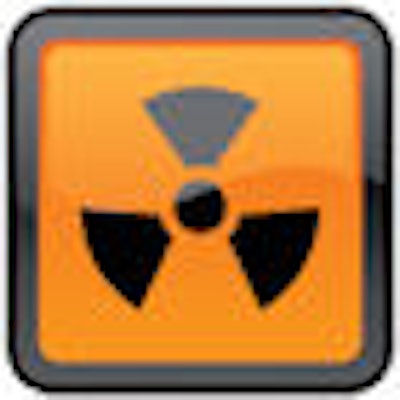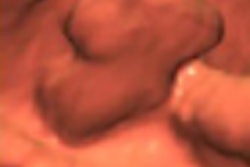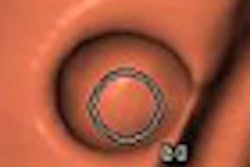
More patients received excessive radiation doses during brain perfusion CT scans than previously thought, according officials from Cedars-Sinai Medical Center in Los Angeles. The medical center also said that it has offered free medical care for patients who are affected.
As many as 260 patients were overexposed during from brain CT perfusion scans -- up from the original estimate of 206 patients -- the hospital said November 9. In the statement, signed by Cedars-Sinai CEO and chief medical officer Dr. Thomas Priselac, the hospital apologized for the overexposures, and promised to treat any condition such as cataracts that may arise as a direct result of the scans.
The problem came to light on October 8, when the U.S. Food and Drug Administration (FDA) announced that it was investigating a case at an unnamed hospital in which 206 patients allegedly received too much radiation during CT brain scans. Several days later, Cedars-Sinai acknowledged that it was the subject of the probe.
"While Cedars-Sinai's investigation of the incident continues, the medical center today sent follow-up letters to each of the affected patients, the second time in the past few weeks it has done so," the statement said.
The follow-up letters inform affected patients that the institution "will pay for medical care if needed in the future should the CT brain perfusion scans cause any specific health problem, and reiterates the medical center’s offer to the patients to meet with a specialist in the effects of CT scans and x-ray radiation to answer any questions or concerns."
A review by the hospital also found that about 20% of the patients received exposure directly to the lenses of their eyes, which puts them at a higher risk for cataracts, said hospital spokesperson Simi Singer in the release. The letter to those patients informs them that they may be at risk for developing cataracts sooner than they would have had the radiation dose been at normal levels. Cedars-Sinai will pay for treatment if there are cataracts caused by the unexpected radiation dose from the scan.
A class action lawsuit was filed October 19 in Los Angeles Superior Court against Cedars-Sinai, as well as scanner manufacturer GE Healthcare of Chalfont St. Giles, U.K. and subsidiary GE Healthcare Technologies on behalf of patients who may have received up to eight times the standard radiation dose for CT brain perfusion scans at the facility from February 2008 to August 2009. The suit was filed on behalf of Trevor Rees, who received two CT scans at Cedars-Sinai for stroke in December 2008.
The facility said it first learned of the overexposures in August 2009, when a patient who had received a CT brain perfusion scan contacted the hospital complaining of temporary patchy hair loss. The hospital's investigation found that some CT brain perfusion studies were indeed delivering more radiation dose than anticipated, which could cause temporary hair loss or skin reddening in some patients.
"While Cedars-Sinai is continuing its investigation into the equipment factors involved in the incident, and working closely with regulatory agencies, the medical center has taken steps to ensure that the incident does not recur, including changes in scanning procedures," the November 9 statement said. "Cedars-Sinai will also continue to provide information to the FDA about the scanning equipment to help prevent this type of situation from occurring at other hospitals."
By Eric Barnes
AuntMinnie.com staff writer
November 13, 2009
Related Reading
Class-action lawsuit hits Cedars-Sinai, GE over CT dose, October 20, 2009
FDA CT overdose probe focuses on Cedars-Sinai, October 13, 2009
FDA issues radiation alert after CT brain perfusion overexposure, October 8, 2009
California technologist faces testimony in CT overdose case, September 18, 2009
NEJM study: Imaging procedures, radiation growing, August 26, 2009
Copyright © 2009 AuntMinnie.com



















